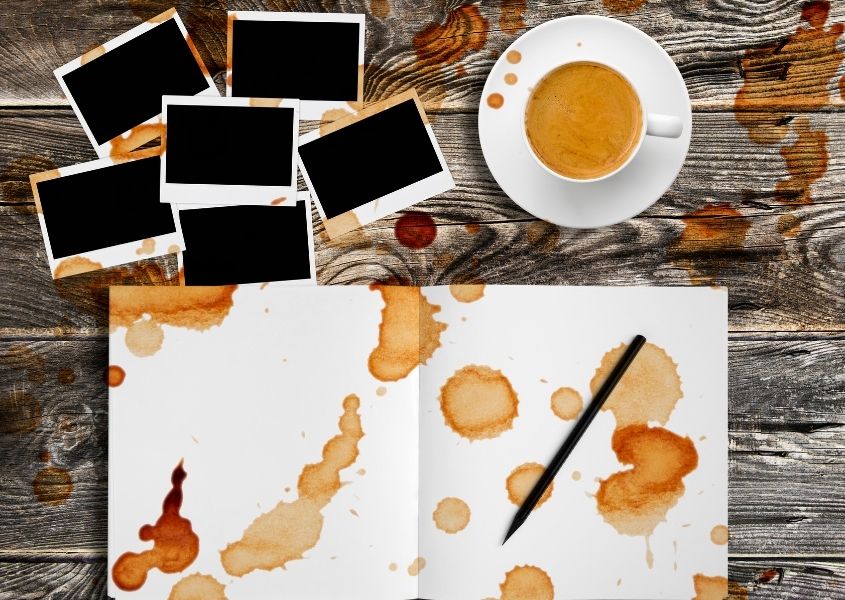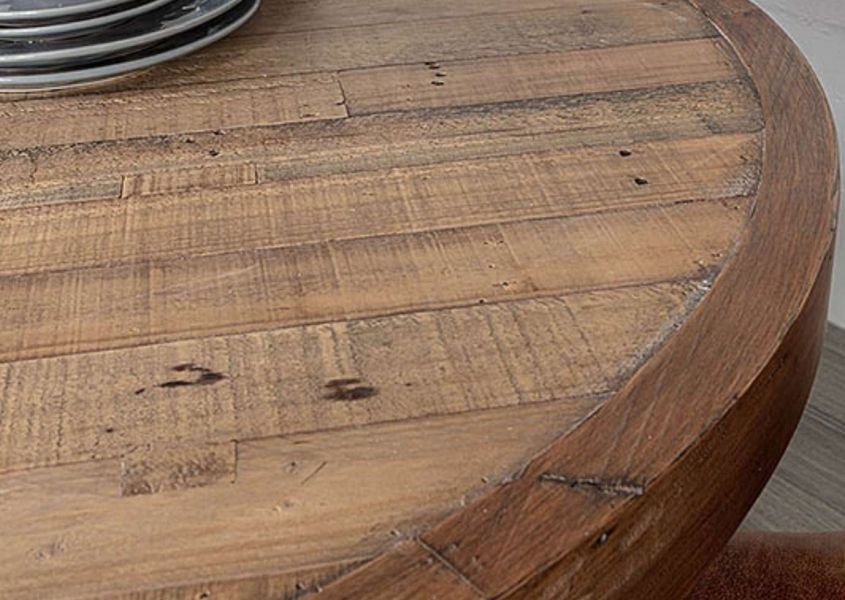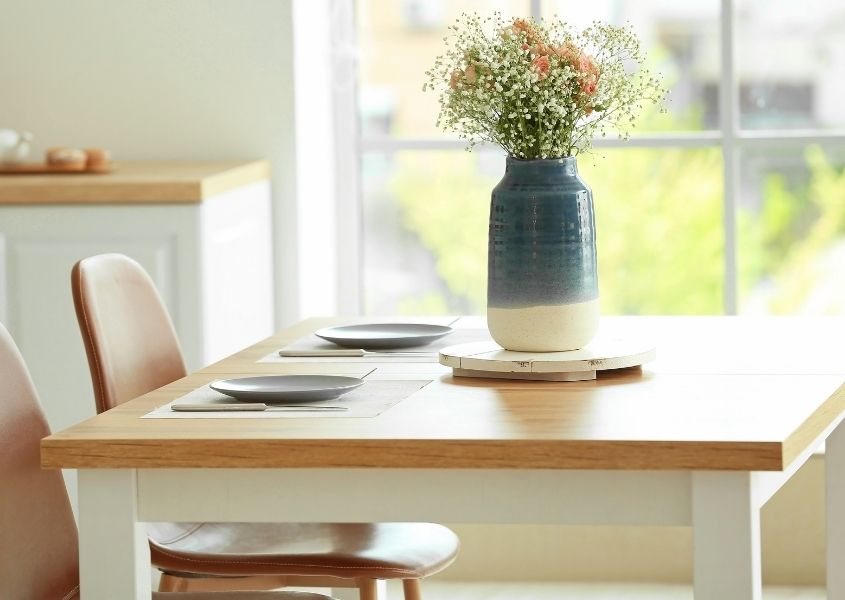

A reclaimed wood dining table, or any reclaimed wood furniture for that matter, are pieces of furniture that are investments and will be in your home, for you to enjoy, for years to come. Over time, accidents will and do happen, so in this blog we will look at ways to try to prevent accidents and how you can get your furniture looking as good as the day you bought it. The two most common are watermarks and minor dents.
The beauty of reclaimed wood is that it is never going to be a smooth, pristine, mark-free, piece of timber. The timbers used are salvaged from old buildings, factories or railway tracks, which means the wood is not going to waste but being skillfully recrafted and given a new lease of life. Of course, this means that the wood will have undulations and markings and we want those on reclaimed wood as they make each piece unique and gives them some history.

Because of these beautiful little features, the odd mark or scuff to your wood dining table will simply blend in and give it a little more character. However, some damage will leave a more lasting mark that you might not want to be a part of your table, water damage is one of those.

Water damage
Be a little bit fussy! Make sure diners use coasters when drinking at the dining table, especially if they have ice in a drink – before they have even picked it up you may have a water ring under the glass…..and don’t forget to have coasters at the ready on pieces such as your reclaimed wood coffee table as well. To deal with water spillage you really need to dry it as quickly as possible . Dab it with a paper towel or something very absorbent to remove any water. This can then be wafted dry or left to dry naturally, the longer you leave it the more chance it has to soak into the wood. If you are standing a vase of flowers on your rustic dining table, then again use a coaster to place it on – or put them out of the way on another piece of furniture, such as a wooden sideboard where they are less likely to get knocked over by people reaching across the table.

Minor scuffs and dents
Waxing – that is all you really need to do to get any minor scuffs and dents to blend in with the rest of the table. It is actually best to wax or oil your table (depending on its original finish) regularly to keep it looking its best and to keep up, and build up, a good layer of protection. If the damage is a little more serious then you call a furniture technician to come to your home – they can work wonders on your rustic furniture.
Everyday care Do’s
– Use coasters for drinks and hot dishes
– Clean up spillages as soon as possible by dabbing gently with a paper towel
– Use a little water and a mild soap for daily cleaning
– Rub scratches or scuffs with wax or oil
Everyday care Don’ts
– Use abrasive chemicals
– Use furniture polishes containing silicone as they will build up over time
– Rub vigorously as this can damage the finish